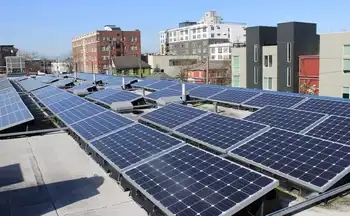Minnesota Signs Deal With Manitoba Hydro
WINNIPEG -- - The Minnesota Public Utilities Commission has unanimously approved a $1.7 billion power export deal with Manitoba Hydro.
It allows Minneapolis-based Xcel Energy to import power from Manitoba Hydro, despite the objections of aboriginal groups.
The 500-megawatt, 10-year deal was given the go-ahead.
It's an extension of an existing deal and will allow power to be exported until 2015.
Approval by Canada's National Energy Board is pending.
The Minnesota decision is a blow to the Pimicikamak Cree Nation of Cross Lake, Manitoba. They had asked the commission to first call a formal hearing into the social and economic impact of historic hydro development on their homeland.
Related News

Will Israeli power supply competition bring cheaper electricity?
TEL AVIV - Israel Electricity Reform Competition opens the supply segment to private suppliers, challenges IEC price controls, and promises consumer choice, marginal discounts, and market liberalization amid natural gas generation and infrastructure remaining with IEC.
Key Points
Policy opening 40% of supply to private vendors, enabling consumer choice and small discounts while IEC retains the grid.
✅ 40% of retail supply opened to private electricity suppliers
✅ IEC keeps meters, lines; tariffs still regulated by the authority
✅ Expected discounts near 7%, not dramatic price cuts initially
"See the pseudo-reform in the electricity sector: no lower prices,…




